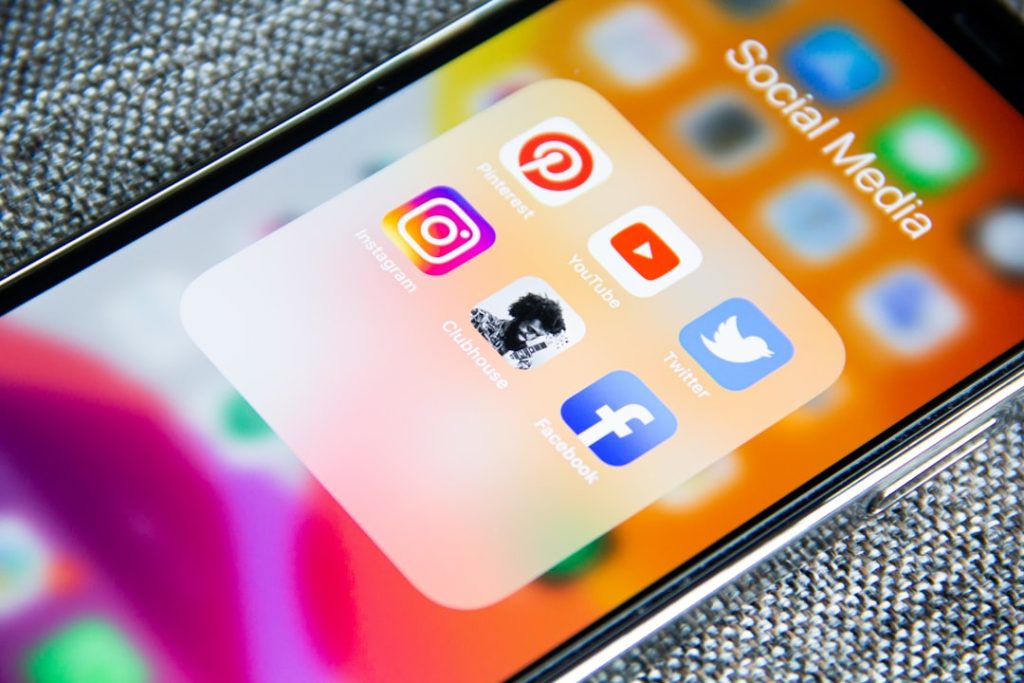Return on Investment (ROI) is a critical metric that serves as a barometer for the effectiveness of digital marketing efforts. In an era where businesses are increasingly allocating substantial portions of their budgets to online marketing, understanding ROI becomes paramount. It provides insights into how well marketing strategies are performing relative to the costs incurred.
For instance, if a company spends $10,000 on a digital campaign and generates $50,000 in revenue, the ROI can be calculated as 400%. This figure not only highlights the success of the campaign but also informs future budget allocations and strategy adjustments. Moreover, ROI in digital marketing transcends mere financial metrics; it encompasses brand awareness, customer engagement, and lead generation.
A campaign that may not yield immediate financial returns could still enhance brand visibility or foster customer loyalty, which are invaluable in the long run. For example, a brand that invests in content marketing may not see direct sales from a blog post but could establish itself as an authority in its niche, leading to increased trust and future sales. Thus, understanding ROI is not just about crunching numbers; it involves a holistic view of how digital marketing contributes to overall business objectives.
Key Takeaways
- ROI is crucial in digital marketing as it measures the success and effectiveness of campaigns
- Clear goals and objectives are essential for digital marketing campaigns to ensure a focused approach
- Data and analytics play a key role in measuring and tracking ROI, providing valuable insights for optimization
- Targeted and personalized marketing campaigns can significantly improve ROI by reaching the right audience
- Leveraging social media and influencer marketing can maximize ROI by increasing brand visibility and engagement
Setting Clear Goals and Objectives for Digital Marketing Campaigns
Establishing clear goals and objectives is foundational to any successful digital marketing campaign. Without well-defined targets, it becomes nearly impossible to measure success or determine ROI accurately. Goals should be SMART: Specific, Measurable, Achievable, Relevant, and Time-bound.
For instance, instead of a vague goal like “increase website traffic,” a more effective objective would be “increase website traffic by 30% over the next quarter through targeted social media advertising.” This specificity allows marketers to create focused strategies that align with business outcomes. Additionally, setting objectives helps in prioritizing resources and efforts. When a company identifies that its primary goal is to generate leads, it can allocate budget and manpower towards channels that are most effective for lead generation, such as pay-per-click advertising or content marketing.
This strategic alignment ensures that every action taken is purposeful and directed towards achieving the desired outcome. Furthermore, having clear goals facilitates communication within teams and with stakeholders, ensuring everyone is on the same page regarding what success looks like.
Utilizing Data and Analytics to Measure and Track ROI

In the digital landscape, data is abundant, and leveraging analytics tools is essential for measuring and tracking ROI effectively. Platforms like Google Analytics provide comprehensive insights into user behavior, traffic sources, and conversion rates. By analyzing this data, marketers can identify which campaigns are driving the most revenue and which are underperforming.
For example, if a particular email campaign results in a high open rate but low conversion rate, it may indicate that while the subject line was compelling, the content or call-to-action needs refinement. Moreover, advanced analytics tools allow for deeper segmentation of data, enabling marketers to understand their audience better. By examining metrics such as customer demographics, geographic locations, and purchasing behaviors, businesses can tailor their marketing strategies to meet the specific needs of different segments.
This level of granularity not only enhances the effectiveness of campaigns but also provides a clearer picture of ROI by linking specific marketing efforts to customer actions and revenue generation.
Implementing Targeted and Personalized Marketing Campaigns
| Metrics | 2019 | 2020 | 2021 |
|---|---|---|---|
| Customer Engagement Rate | 25% | 30% | 35% |
| Conversion Rate | 10% | 12% | 15% |
| Personalization Effectiveness | 60% | 65% | 70% |
Targeted and personalized marketing campaigns have become essential in maximizing ROI in digital marketing. With consumers inundated with generic advertisements, personalized experiences stand out and resonate more effectively with audiences. Utilizing data collected from previous interactions allows marketers to segment their audience based on various criteria such as behavior, preferences, and demographics.
For instance, an e-commerce platform might send tailored product recommendations based on past purchases or browsing history, significantly increasing the likelihood of conversion. Personalization extends beyond just product recommendations; it encompasses the entire customer journey. For example, a travel company might use personalized email campaigns to send tailored travel packages based on previous trips taken by customers.
This approach not only enhances customer satisfaction but also fosters loyalty and repeat business. By investing in targeted campaigns that speak directly to individual needs and preferences, businesses can achieve higher engagement rates and ultimately improve their ROI.
Leveraging Social Media and Influencer Marketing for Maximum ROI
Social media platforms have transformed the way brands interact with consumers, making them invaluable for driving ROI in digital marketing. With billions of users worldwide, platforms like Facebook, Instagram, and TikTok offer unparalleled opportunities for brands to reach their target audiences. By creating engaging content that resonates with users—such as videos, infographics, or interactive posts—brands can enhance visibility and drive traffic to their websites or landing pages.
For instance, a fashion brand might leverage Instagram Stories to showcase new collections while encouraging followers to swipe up for exclusive discounts. Influencer marketing has emerged as a powerful strategy within social media that can significantly boost ROI. Collaborating with influencers who align with a brand’s values allows companies to tap into established audiences that trust these figures’ recommendations.
For example, a beauty brand partnering with a popular beauty influencer can reach thousands of potential customers who are more likely to convert due to the influencer’s credibility. By tracking engagement metrics such as likes, shares, and comments on influencer posts, brands can assess the effectiveness of these collaborations in driving sales and improving overall ROI.
Optimizing SEO and Content Marketing Strategies

Search Engine Optimization (SEO) is a cornerstone of digital marketing that directly impacts ROI by enhancing visibility in search engine results pages (SERPs). A well-optimized website attracts organic traffic without incurring direct costs per click or impression associated with paid advertising. Implementing effective SEO strategies involves keyword research to identify terms potential customers are searching for and optimizing website content accordingly.
For instance, a local bakery might focus on keywords like “best cupcakes in [city name]” to attract nearby customers searching for sweet treats. Content marketing complements SEO efforts by providing valuable information that engages users while also improving search rankings. High-quality blog posts, videos, infographics, and other forms of content not only establish authority but also encourage backlinks from other websites—an essential factor in SEO ranking algorithms.
For example, a technology company producing informative articles about industry trends can attract attention from other tech blogs or news outlets looking to reference credible sources. This synergy between SEO and content marketing not only drives traffic but also enhances user experience, leading to higher conversion rates and improved ROI.
Incorporating Email Marketing and Automation for Higher ROI
Email marketing remains one of the most effective channels for driving ROI in digital marketing due to its direct reach and personalization capabilities. With an average return of $42 for every dollar spent on email marketing, businesses can leverage this channel to nurture leads and maintain customer relationships effectively. Crafting targeted email campaigns based on user behavior—such as abandoned cart reminders or personalized product recommendations—can significantly increase conversion rates.
For instance, an online retailer might send follow-up emails to customers who left items in their shopping carts, offering them a discount to encourage completion of the purchase. Automation tools further enhance the effectiveness of email marketing by allowing businesses to send timely messages without manual intervention. Automated workflows can be set up for various customer interactions—welcome emails for new subscribers, birthday discounts for loyal customers, or re-engagement campaigns for inactive users.
This level of automation not only saves time but also ensures that customers receive relevant communications at critical moments in their buying journey. By optimizing email marketing strategies through automation and personalization, businesses can achieve higher engagement rates and ultimately improve their ROI.
Continuously Testing and Optimizing Digital Marketing Efforts for Improved ROI
The digital marketing landscape is dynamic; therefore, continuous testing and optimization are essential for maximizing ROI over time. A/B testing is a powerful method that allows marketers to compare two versions of an ad or landing page to determine which performs better based on specific metrics such as click-through rates or conversion rates. For example, a company might test two different headlines for an email campaign to see which one generates more opens or clicks.
This iterative process enables marketers to refine their strategies based on real-time data rather than assumptions. In addition to A/B testing, utilizing feedback loops from analytics can inform ongoing optimization efforts. By regularly reviewing performance metrics across various channels—such as social media engagement rates or website bounce rates—marketers can identify areas needing improvement.
For instance, if analytics reveal that users are dropping off at a particular stage in the sales funnel, it may indicate issues with the user experience or content relevance at that point. By addressing these pain points through continuous testing and optimization efforts, businesses can enhance their digital marketing strategies over time and achieve sustained improvements in ROI.


